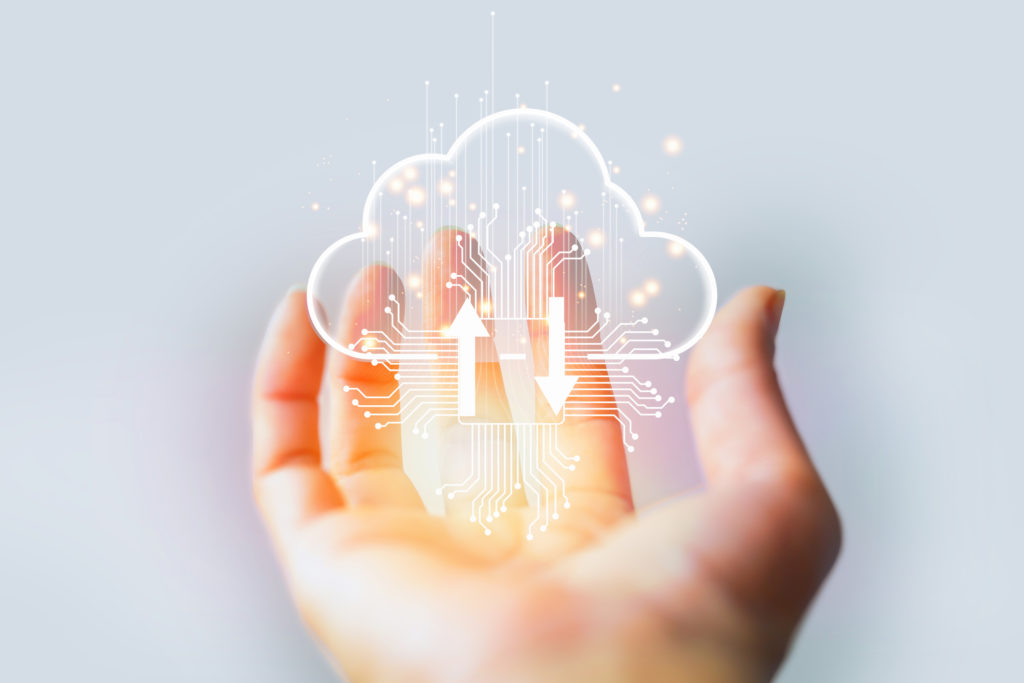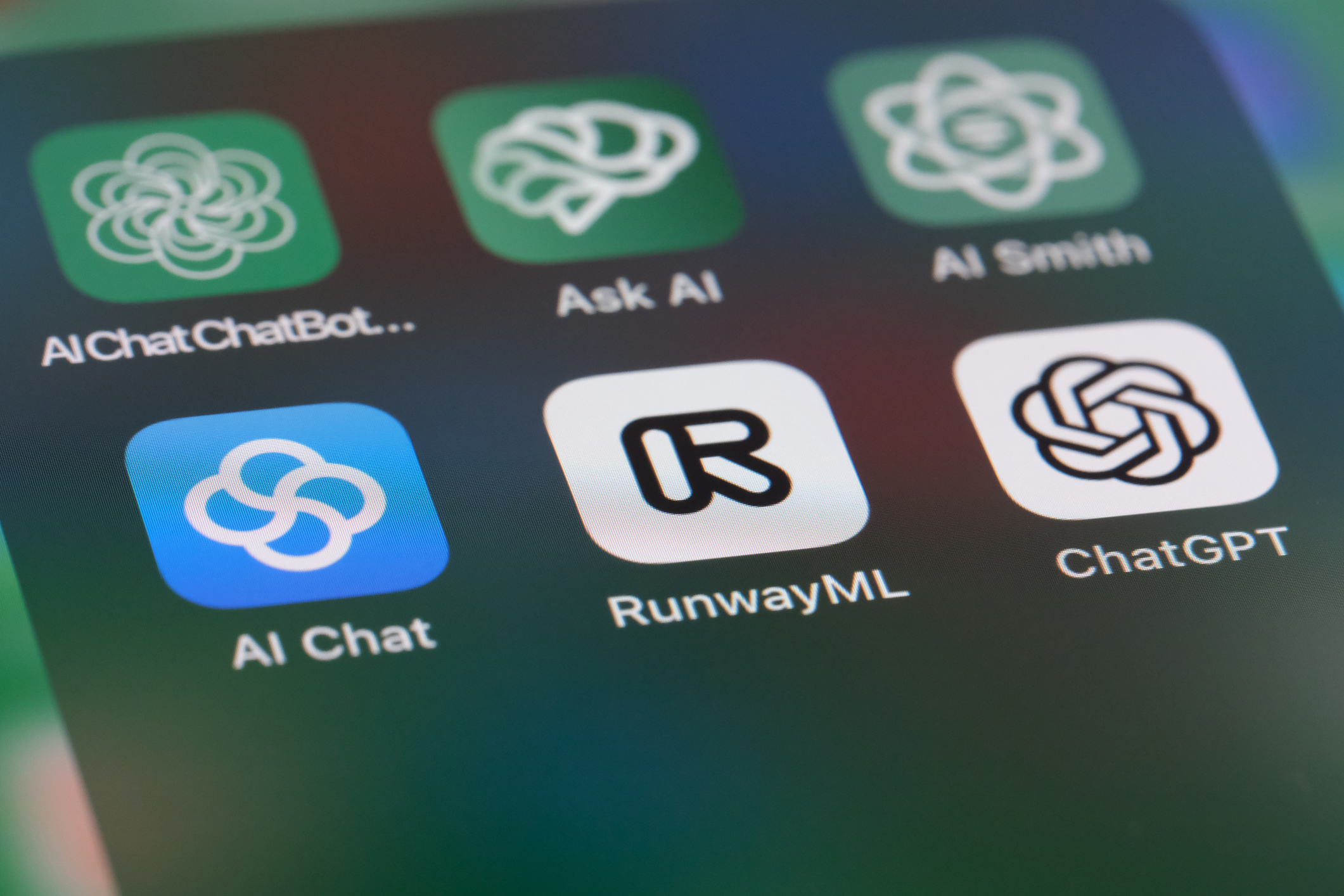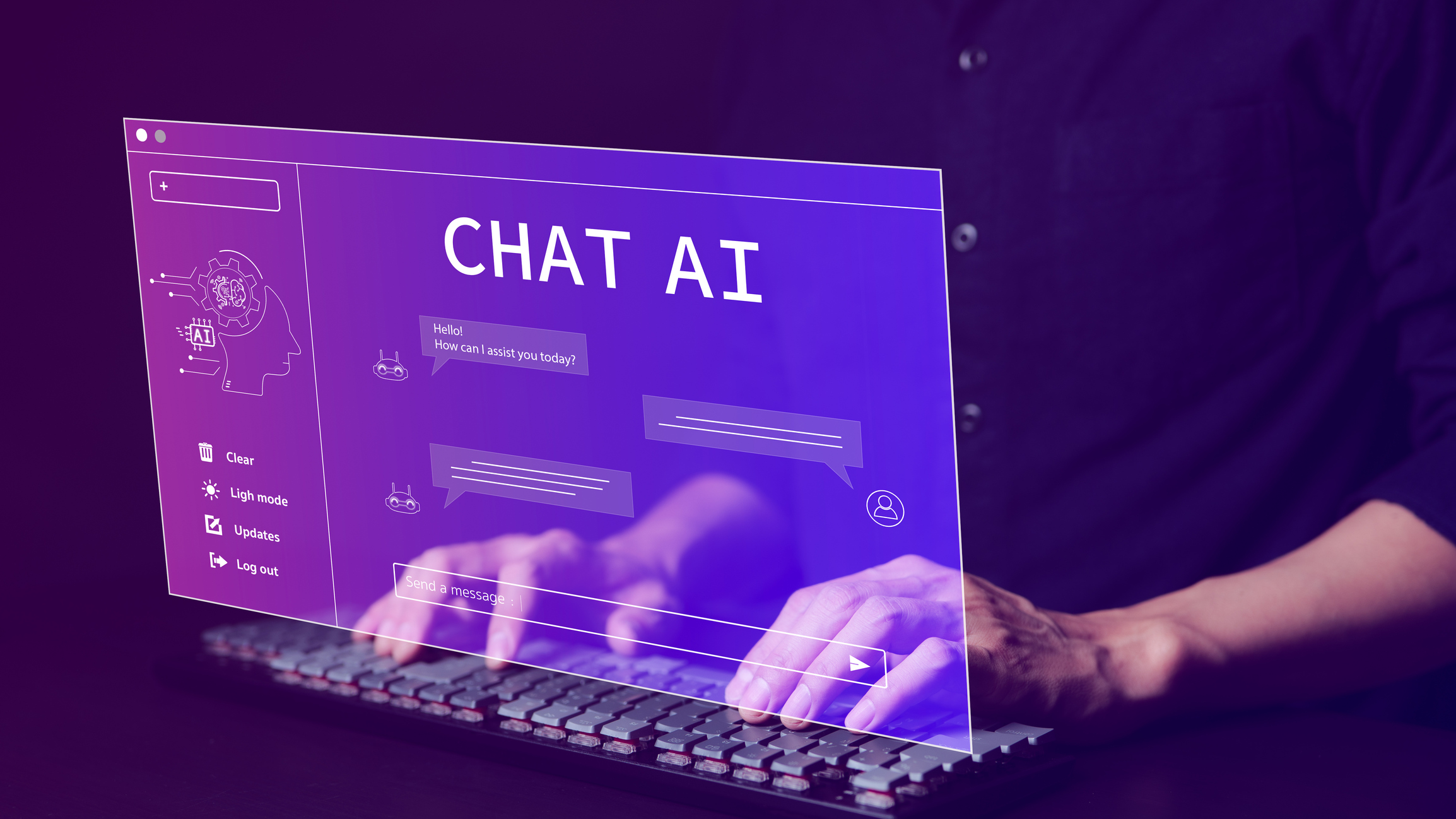Web 2.0 and Web 3.0 are two buzzwords in the world of technology and the internet. While Web 2.0 refers to the second generation of the World Wide Web, Web 3.0 represents the next stage of evolution in the internet’s development. These terms are used to describe the changes and advancements in the way people interact and use the internet. In this article, we will take a closer look at the differences between Web 2.0 and Web 3.0 and what they mean for the future of the internet.

Web 2.0 was introduced in the early 2000s and marked a significant shift in the way people use the internet. Unlike its predecessor, Web 1.0, which was mainly used as a platform for information dissemination, Web 2.0 was designed to facilitate two-way communication and collaboration between users. This was achieved through the introduction of social media platforms such as Facebook, Twitter, and YouTube, which allowed users to create and share content, interact with each other, and form online communities. Other significant advancements in Web 2.0 include cloud computing, the rise of mobile devices, and the development of new programming languages and frameworks that made it easier for developers to create dynamic, interactive websites.

Web 3.0, on the other hand, is seen as the next stage of evolution in the internet’s development. It represents a shift away from the centralized and controlled model of Web 2.0 towards a more decentralized and open model. This new model is driven by the development of blockchain technology and the emergence of decentralized applications (dApps). Web 3.0 aims to provide users with greater control over their online identities and personal data, as well as a more secure and transparent internet.
One of the key differences between Web 2.0 and Web 3.0 is the way in which data is stored and managed. In Web 2.0, data is stored on centralized servers, meaning that companies and organizations have complete control over it. This has led to concerns about data privacy and security, as well as a loss of control over personal information for users. In Web 3.0, however, data is stored on a decentralized network of computers using blockchain technology. This provides users with greater control over their personal data, as well as a more secure and transparent system for managing it.
Another key difference between Web 2.0 and Web 3.0 is the way in which users interact with each other. In Web 2.0, users interact mainly through social media platforms, where they can share content, participate in online communities, and engage in two-way communication. In Web 3.0, however, users will be able to interact in a more direct and personal way through decentralized applications and services. These applications will allow users to engage in peer-to-peer transactions and communication without the need for intermediaries.

One of the major benefits of Web 3.0 is the potential for greater privacy and security. In Web 2.0, companies and organizations have complete control over users’ personal data, which has led to concerns about data privacy and security. In Web 3.0, however, data is stored on a decentralized network of computers using blockchain technology. This provides users with greater control over their personal data and a more secure and transparent system for managing it.
Another benefit of Web 3.0 is the potential for a more open and transparent internet. In Web 2.0, the internet is largely controlled by a few large companies, which have the power to shape and influence the way that users interact with it. In Web 3.0, however, the internet will be more open and transparent, as users will be able to engage in peer-to-peer transactions and communication without the need for an intermediate.





